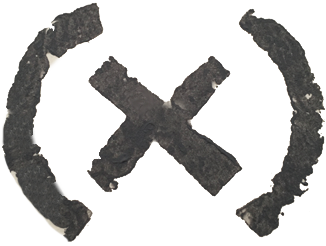Appropriation and the Art of the Copy
By Elizibeth Mix, Choice (May 2015)
ABSTRACT: This essay focuses on why and how copying occurs within the field of visual art and identifies shifts in the perception of the role of copying over time as indicated by changing terminology. Copies are ubiquitous in our culture today. They are especially prevalent on the Internet in the form of mash-ups and memes. While appropriation (the quoting or borrowing of an earlier artist’s work or style) is generally considered a postmodern strategy, the practice has, in fact, a long and complicated history that includes the tradition of academic copying (a method of artistic training whereby students copy the works of masters) as well as the history of art forgery. The development of technology that made copying easier, notably photography, and more recently digital editing programs such as Photoshop, has altered the perception of the copy in relation to so-called “original” artwork. A gradual acceptance of multiple originals— common in printmaking, photography, and digital media, but also in the history of sculpture—also contributed to the evolution of artistic and social views on copying. Cultural appropriation (borrowing across cultures) and transcultural appropriation (back-and-forth or multiple levels of cultural exchange) are important parallel developments. During the colonial period, works from China, Japan, and Africa influenced Western artists now considered to be the paragons of the avant-garde (e.g., Édouard Manet, Vincent van Gogh, and Pablo Picasso). Colonialism also shaped museum collections around the world as functional and sometimes sacred objects were acquired and reclassified as art. In the postcolonial period, artists from colonized and colonizing cultures wrestled with this history—at this writing, this latter development is ongoing. Given the scope of the topic outlined above, this essay cannot claim to be a comprehensive examination of all aspects of copying; specifically, the legal aspects, which are extensive and deserve a separate study, have been omitted. Also mostly absent are references to parallel phenomena in literature, music, film, and television.
PDF of full article l Posted by Daniell

